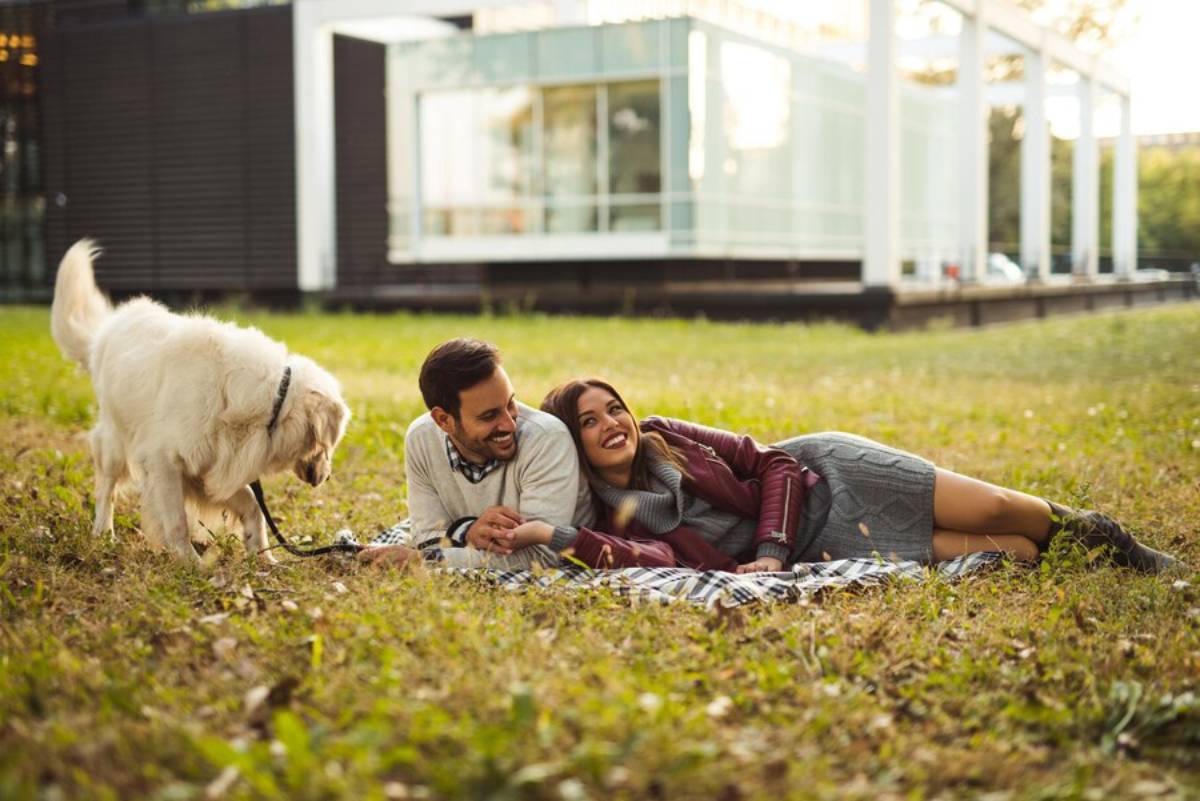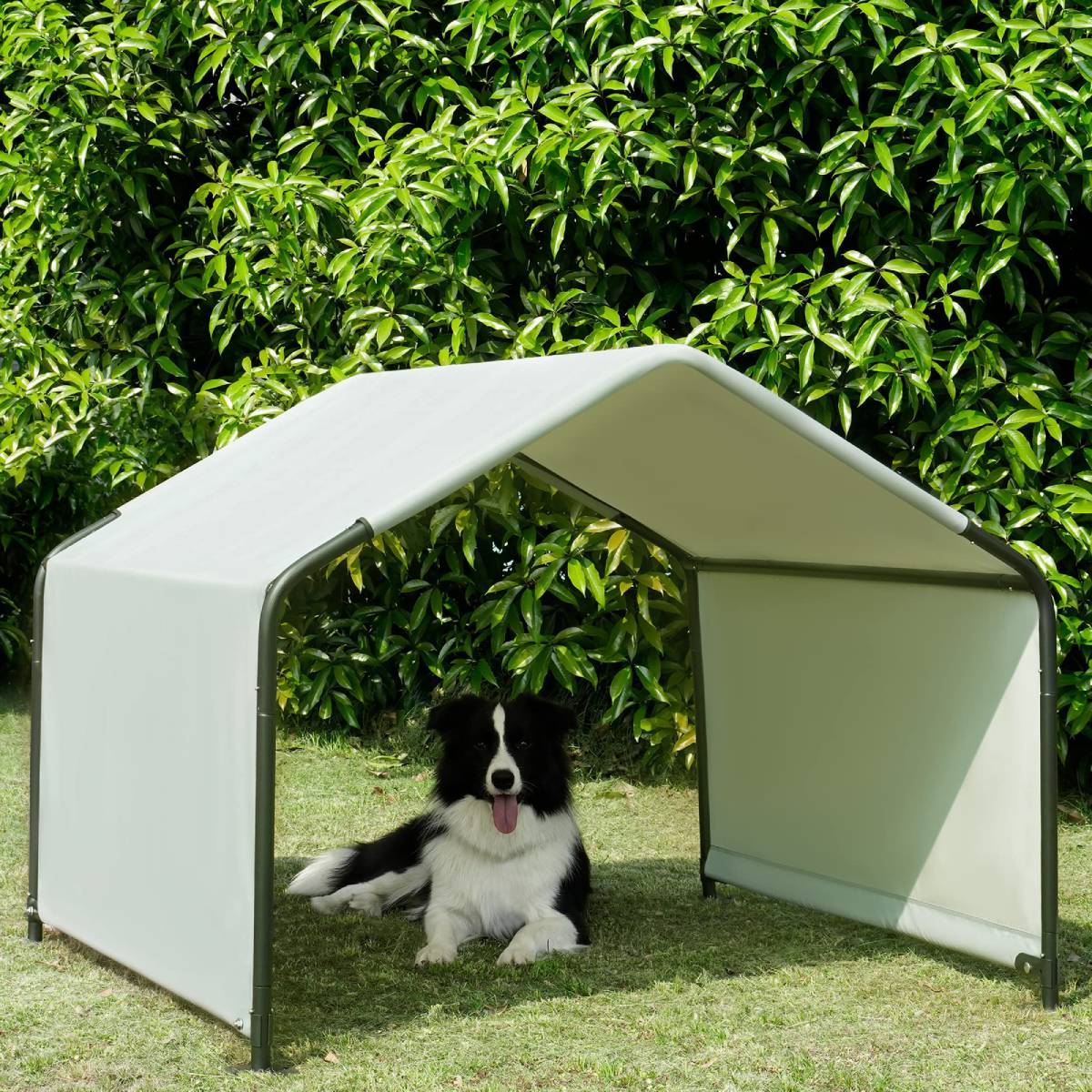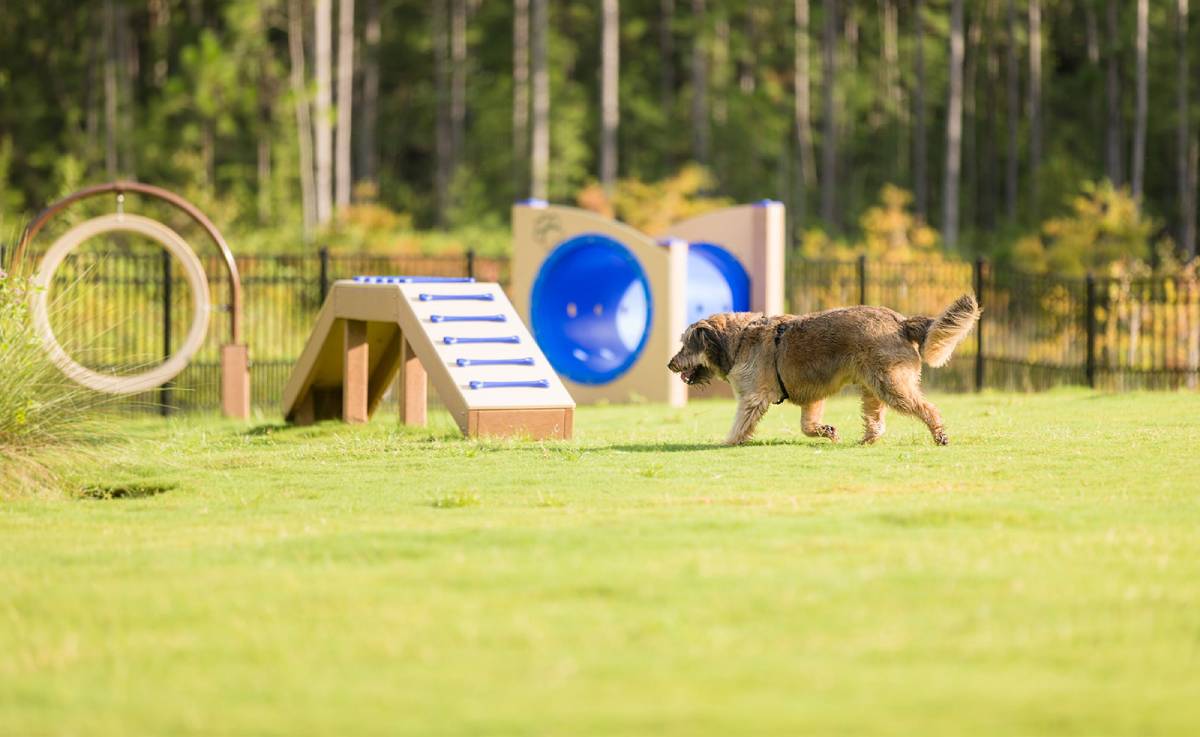
Designing an Outdoor Space Your Pet Will Love
Our gardens and backyards are often seen as places of rest, recreation, and beauty—but what if they could also be a paradise for our pets? Whether you have a curious cat, an energetic pup, or a combination of both, a thoughtfully designed outdoor space can offer safe exploration, exercise, and stimulation that keeps pets mentally and physically happy.
Pet-friendly yard design isn’t just about keeping hazards out—it’s about creating an environment that supports your pet’s natural instincts. With a blend of clever layout, engaging features, and secure boundaries, you can turn your garden into a haven your four-legged friends will adore.
In this guide, we’ll explore how to create a balanced and enriching backyard for dogs and cats, incorporating comfort, safety, play, and relaxation zones. Whether you have a compact patio or a sprawling lawn, the principles of outdoor pet enrichment apply to every space.
Why Outdoor Pet Enrichment Matters
Pets need more than just space—they need experiences. Time spent outside offers:
- Physical exercise: Prevents obesity, supports joint health
- Mental stimulation: Reduces boredom, anxiety, and behavioural issues
- Socialisation: Encourages exploration and confidence in different environments
- Natural behaviours: Allows for sniffing, climbing, digging, and basking
Designing an outdoor space with enrichment in mind can significantly improve your pet’s well-being and happiness.
Assessing Your Space: Planning for Success
1. Evaluate Your Yard’s Layout
Take note of:
- Sun and shade patterns
- Areas prone to puddling or mud
- Plant beds, trees, fences, and garden features
- High-traffic zones for human and pet movement
This assessment helps determine where to place pet features, avoid hazards, and optimise usability for all household members.
2. Know Your Pet’s Needs
Different species and breeds have different requirements:
- Dogs may need running space, digging spots, and social interaction.
- Cats appreciate vertical exploration, quiet sunbathing spots, and observation perches.
- Older pets benefit from flat paths, non-slip surfaces, and shaded lounging areas.
Customising your design ensures the space serves your pet’s individual personality, age, and energy levels.
Essential Elements of Pet-Friendly Yard Design
1. Secure Boundaries
Safety comes first. Ensure your backyard is fully enclosed to prevent escapes and protect your pet from external threats.
- Use solid fencing, or mesh with small gaps to prevent squeezing through.
- Check for loose panels or dig-under gaps, especially along fence edges.
- For cats, consider catios or overhead netting systems for safe outdoor time.
Tip: Bury chicken wire or gravel along the fence line to deter digging dogs.

2. Shaded Areas and Shelter
Heat exhaustion and sunburn are real risks, especially in summer. Ensure there are:
- Trees, pergolas, or canopies to provide natural shade
- Pet shelters, such as insulated dog houses or covered outdoor beds
- Access to indoors through a pet flap or open door during warm weather
Cats, in particular, love a shady perch where they can relax and observe without being in the thick of activity.
3. Soft and Safe Ground Surfaces
Choose ground coverings that are gentle on paws and easy to clean:
- Grass: Comfortable and cool, but can be muddy in winter
- Pea gravel: Pet-safe, smooth to walk on, and great for drainage
- Mulch: Only use pet-safe varieties (avoid cocoa mulch)
- Artificial turf: Low-maintenance and ideal for small spaces
Avoid sharp stones, treated wood chips, or rough concrete where your pet plays or lies down.
Designing Zones for Play, Rest, and Discovery

1. Play Areas
A designated area for energetic play supports exercise and fun.
- Agility equipment: Tunnels, jumps, and weave poles for dogs
- Open space: Room to fetch balls or chase toys
- Tug posts or hanging toys: Interactive options that engage energy
For cats, consider:
- Climbing trees made from wood
- Suspended ropes or perches
- Hidden toys within plants or under decking
2. Digging Pits or Sandboxes
Dogs naturally love to dig. Instead of fighting the behaviour, channel it:
- Create a dig-friendly spot using sand or soft soil
- Bury toys or treats to encourage digging there
- Reinforce use with positive praise or treats
This keeps your flower beds safe while giving your pup a productive outlet.
3. Sensory Gardens
Engage your pet’s senses with fragrant and tactile-safe plants:
- Lavender, rosemary, catnip (for cats), and lemongrass
- Use textured paths or mats for a variety of underfoot
- Include gentle water features for soothing sounds and hydration
Cats especially enjoy rustling through plants or lounging in tall ornamental grasses.
Pet-Friendly Landscaping Tips
1. Choose Safe Plants
Many beautiful garden plants can be toxic to pets. Avoid:
- Oleander
- Azaleas
- Lilies (extremely toxic to cats)
- Daffodils
- Foxglove
Instead, opt for:
- Snapdragons
- Camellias
- Roses
- Sunflowers
- Marigolds
Always research before planting, or consult your vet for guidance.
2. Avoid Harmful Garden Chemicals
Many fertilisers, pesticides, and herbicides contain chemicals that can harm pets if ingested or absorbed through paws.
- Choose organic, pet-safe alternatives
- Apply treatments during times when pets are indoors
- Allow chemicals to fully dry or wash away before allowing access
3. Keep a Tidy Garden
Regular maintenance prevents hazards such as:
- Overgrown shrubs that hide ticks
- Stagnant water in pots or bird baths (mosquito breeding ground)
- Sharp sticks, tools, or debris
Enhancing Your Garden for Multi-Pet Homes
Designing a backyard for dogs and cats together can be a balancing act—but it’s definitely doable!
Tips for Coexisting Spaces:
- Height for cats, ground space for dogs: Cats enjoy being above the action; build perches or ledges on fences or sheds.
- Separate zones: If needed, partition areas with soft fencing or plants to give each pet their own space.
- Shared lounging zones: Hammocks, platforms, or raised dog beds under trees can be appreciated by both species.
Cats and dogs don’t need the same kind of stimulation, but with thoughtful design, they can enjoy the same environment in different ways.
Tail-Wagging, Purr-Inducing Perfection
Designing an outdoor space your pet will love is about more than aesthetics—it’s about creating an environment that nurtures health, happiness, and natural behaviours. A safe, stimulating garden can transform your pet’s daily life, offering fresh air, movement, and enrichment that indoor environments alone can’t match.
From secure fencing and shady retreats to climbing zones and digging pits, your garden can become a haven that reflects the love and attention you give your pets every day.
Take action today: Walk through your garden with fresh eyes, identify changes to make, and start building a space that supports play, comfort, and safety. With some thoughtful design, your backyard will become a sanctuary where paws and whiskers thrive year-round.


